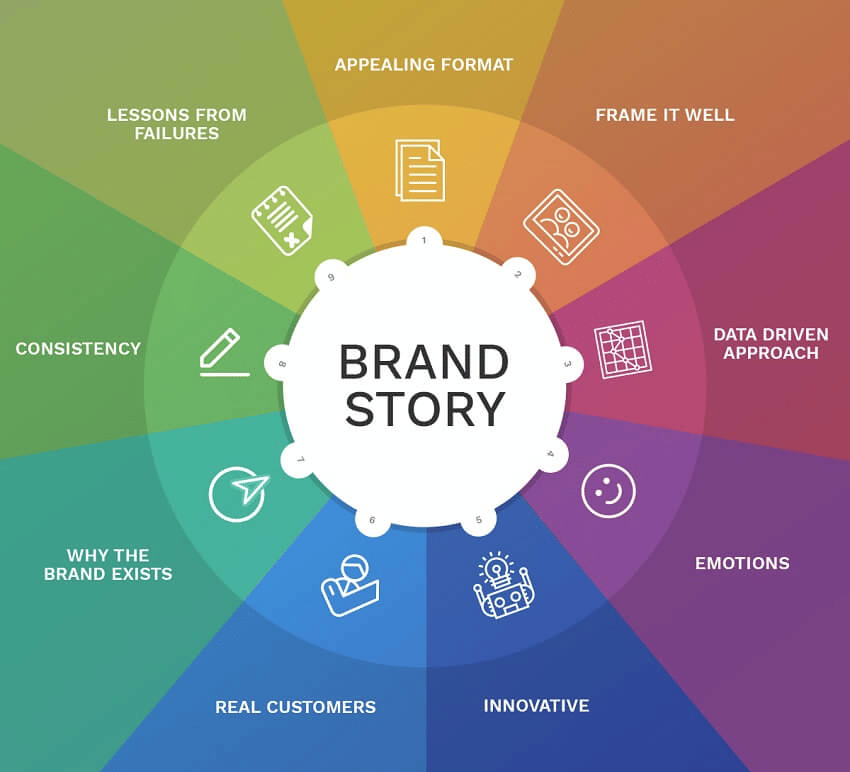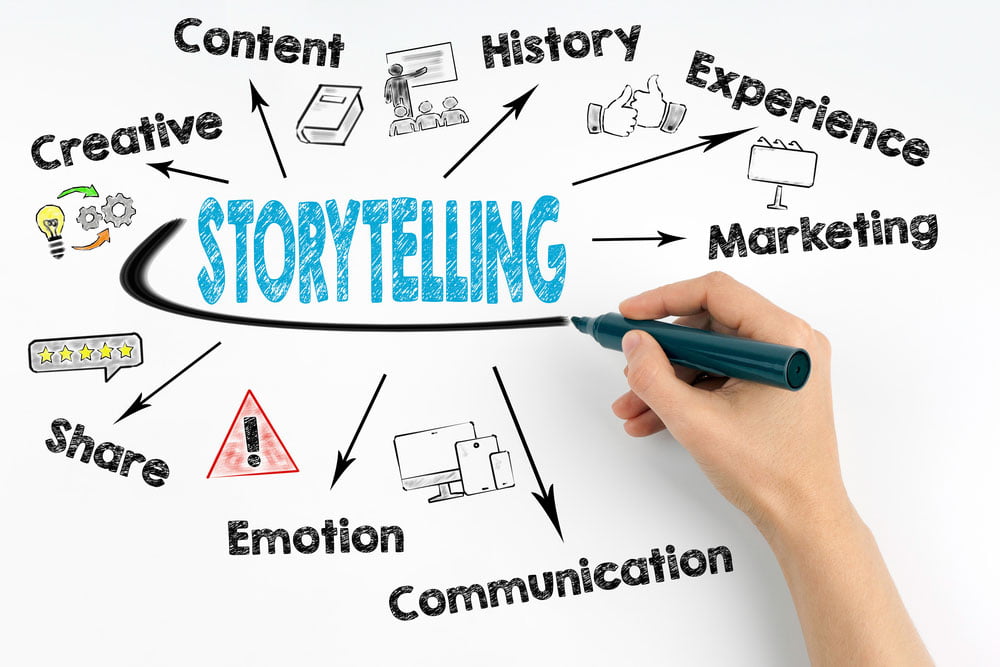Unlocking the Power of "Why": A Guide to Crafting Compelling Product Narratives

You’ve poured your heart and soul into creating a product or service. You know its intricacies, its strengths, its potential. But how do you translate that knowledge into a compelling narrative that resonates with potential customers and inspires them to choose you?
The key lies in understanding the "why" behind your offering. It’s not just about listing features; it’s about weaving a story that connects your product to your customer’s needs, desires, and aspirations.

Let’s start by dissecting the anatomy of a powerful product narrative:
1. The Core: Defining Your Target Audience
Before you can craft a message, you need to know who you’re talking to.

- Who is your ideal customer? What are their demographics, lifestyle, pain points, and aspirations?
- What are their motivations for purchasing your product or service? Are they seeking convenience, luxury, problem-solving, or something else entirely?
- What are their objections or concerns? Understanding their potential hesitations will help you address them proactively.


2. The Foundation: Understanding Your Product’s Unique Value Proposition
What makes your product or service stand out in a crowded market? What problem does it solve, and how does it solve it better than the competition?

- Identify your product’s key features and benefits. Focus on the features that directly address your target customer’s needs and desires.
- Differentiate yourself. What makes your offering unique? Is it its innovative technology, its eco-friendly approach, its exceptional customer service, or its affordability?
- Quantify your benefits. Use data, testimonials, and case studies to demonstrate the tangible impact of your product.



3. The Structure: Building a Compelling Narrative
Now that you have a clear understanding of your target audience and your product’s value proposition, it’s time to craft a narrative that captures their attention and inspires action.
- Start with a hook. Grab your audience’s attention with a compelling opening that addresses their pain points or aspirations.
- Tell a story. People connect with stories. Share real-life examples of how your product has made a difference in people’s lives.
- Highlight the benefits, not just the features. Focus on the "what’s in it for me" for your customer.
- Use clear and concise language. Avoid jargon and technical terms that your audience might not understand.
- Include a call to action. Tell your audience what you want them to do next: visit your website, schedule a consultation, or make a purchase.



4. The Application: Bringing It All Together
Here are some practical examples of how to apply these principles to different mediums:

a. Website Copy:
- Homepage: Use a compelling headline that summarizes your product’s value proposition. Include a strong call to action that encourages visitors to learn more.
- Product Pages: Focus on the benefits of each feature, using clear and concise language. Include visuals that showcase your product in action.
- Testimonials: Share authentic stories from satisfied customers to build trust and credibility.
b. Marketing Materials:
- Brochures: Use high-quality visuals and concise language to highlight your product’s key features and benefits.
- Email Marketing: Segment your audience and tailor your messages to their specific needs and interests.
- Social Media: Use engaging visuals and content to showcase your product’s personality and build a community around your brand.
c. Sales Presentations:
- Start with a problem statement. Identify the pain points that your product addresses.
- Introduce your solution. Explain how your product solves the problem and what makes it unique.
- Demonstrate the benefits. Use data, visuals, and testimonials to illustrate the tangible impact of your product.
- End with a call to action. Encourage your audience to take the next step, whether it’s scheduling a demo or making a purchase.
5. The Architect’s Perspective: An Example Using a Studio Apartment Blueprint
Imagine you’re designing a studio apartment. You have a limited space to work with, but you want to create a functional and stylish living environment.
Your target audience: Young professionals, students, or anyone looking for a compact and affordable living space.
Your product’s value proposition: A studio apartment that maximizes space and functionality, while incorporating stylish design elements.
Your narrative:
- The Hook: "Tired of cramped living spaces? We’ve designed the perfect solution for modern living – a studio apartment that maximizes space and style without compromising on comfort."
- The Story: "We understand that space is a precious commodity in today’s world. That’s why we’ve carefully designed our studio apartments to offer a functional and stylish living environment, even in a limited footprint."
- The Benefits: "Our apartments feature innovative space-saving solutions like built-in storage, multi-functional furniture, and clever design elements that create a sense of spaciousness."
- The Call to Action: "Ready to experience the difference? Visit our website or contact us today to learn more about our studio apartments and schedule a tour."
Remember, the key to crafting a compelling product narrative is to focus on the "why" behind your offering. By understanding your target audience, defining your product’s unique value proposition, and telling a story that resonates with their needs and desires, you can inspire them to choose you.

